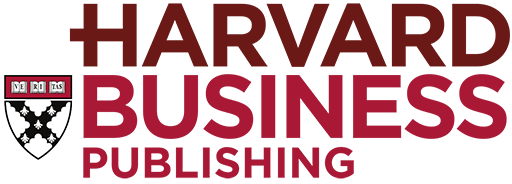by Greg Satell
Defining a managerial approach to innovation starts with developing a better understanding of the problem we need to solve. I’ve found asking two basic questions can be enormously helpful.
How well is the problem defined? When Steve Jobs, who was a master at defining a clear product vision, set out to build the iPod, he framed the problem as “1,000 songs in my pocket.” That simple phrase defined not only the technical specifications, but the overall approach. Unfortunately, some problems, like how to create a viable alternative to fossil fuels, aren’t so easy to delineate. So your innovation strategy will have to adapt significantly depending on how well the problem can be framed.
Who is best-placed to solve it? Once Jobs defined the iPod problem, it was clear that he needed to find a disk drive manufacturer who could meet his specifications. But, sometimes the proper domain isn’t so cut and dried. Once you start asking these questions, you’ll find that they clarify the issues quite quickly. Either there is a simple answer, or there isn’t.
Once we’ve asked the framing questions, we can determine which approach to innovation makes the most sense:
Basic Research: When your aim is to discover something truly new, neither the problem nor the domain is well defined. While some organizations are willing to invest in large-scale research divisions, others try to keep on top of cutting edge discoveries through research grants and academic affiliations. Often, the three approaches are combined into a comprehensive program.
While most basic research happens in academic institutions, some businesses can excel in it as well. In 1993, IBM research accomplished the first quantum teleportation, a technology isn’t likely to result in a product until after 2020. They continue to lead in patents. Basic research requires a long time horizon in order to pay off and therefore must be combined with other methods, either internally or through partnerships.
Breakthrough Innovation: Sometimes, although the problem is well-defined, organizations (or even entire fields) can get stuck. For instance, the need to find the structure of DNA was a very well defined problem, but the answer eluded even the most talented chemists. Usually, these types of problems are solved through synthesizing across domains. Watson and Crick solved the DNA problem by combining insights from chemistry, biology, and X-ray crystallography.
Many firms are turning to open innovation platforms such as Innocentive, which allow outsiders to solve problems that organizations are stuck on. Proctor and Gamble has built its own Connect + Develop platform which allows them to benefit from expertise in a variety of domains across the world.
Sustaining Innovation: Every technology needs to get better. Every year, our cameras get more pixels, computers get more powerful and household products become “new and improved.” Large organizations tend to be very good at this type of innovation, because conventional R&D labs and outsourcing are well suited for it.
Apple, for example, is a superior sustaining innovator. They didn’t invent the digital music player, the smartphone, or even the tablet computer. However, they improved on earlier designs to such an extent that they seemed like they’re something completely new. In a similar vein, Toyota makes cars just like any others, except better.
What both companies have in common is that they are masters at adapting breakthrough innovations for existing markets. In essence, great sustaining innovators are great marketers. They see a need where no one else does.
Disruptive Innovation: The most troublesome area is disruptive innovation, which target light or non-consumers of a category and require a new business model, because the value they create isn’t immediately clear. While every new Apple product turns heads, when Google comes out with something most people won’t even understand what it is, much less how they’ll make money on it. From Google Maps to autonomous cars, they manage to fill needs we didn’t even know we had. 3M, the company that pioneered scotch tape and post-it notes, derives up to 30% of its revenue from products launched in the past 5 years.
Both companies use a version of the 15% / 20% rule, where employees are required to devote a fixed portion of their time to projects unrelated to their jobs. Other firms have dedicated innovation labs where they can “test and learn” without excessive risk. A VC approach, in which small investments are made in emerging firms, can also be successful.
While focus is important, no company should limit itself to just one quadrant. Apple, for instance, is mainly a sustaining innovator, but iTunes was certainly an important disruptive innovation. While Google might be the greatest disruptive innovator on the planet, they spend considerable resources to improve existing products.
So it’s important to develop an effective innovation portfolio that has one primary area of focus, but also pursues other quadrants of the matrix and builds synergies between varied approaches. Innovation is, above all, about combination.
http://blogs.hbr.org/cs/2013/02/before_you_innovate_ask_the_ri.html

